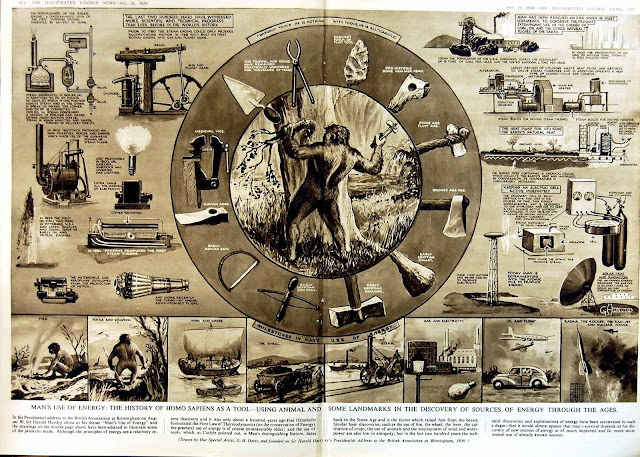The Evolution of Street lighting system . . .

The evolution of street lighting systems is a reflection of the technological, social, and environmental advancements that have taken place over centuries. Street lighting has transformed from rudimentary and manual methods of lighting streets to sophisticated, energy-efficient, and smart systems that cater to modern urban needs. Below is an overview of the key stages in the evolution of street lighting: 1. Ancient and Pre-Industrial Street Lighting The earliest street lighting systems were primitive but served the essential function of illuminating public areas at night. Torches and Oil Lamps : In ancient civilizations, such as in Roman and Greek cities, simple torches or oil lamps were used to light the streets. These were usually mounted on poles or carried by individuals. Oil lamps, fueled by vegetable oils, animal fats, or later kerosene, were placed in street corners or public areas. Gas Lamps (Late 18th to Early 19th Century) : The use of gas lamps marked the first significant s...

